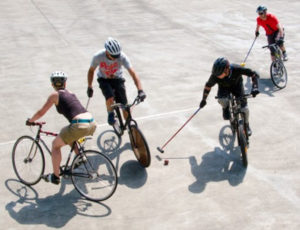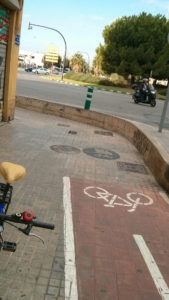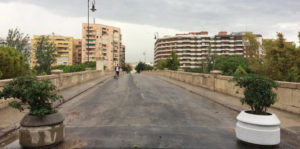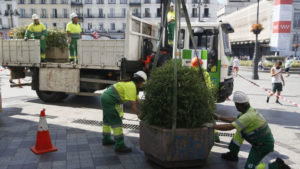As I recently talked about, the XV Iberian Congress about urban biking is one of the most important events which will take place in Valencia the next May. The city will vibrate with this international meeting and the organization guarantees 5 days of intense, high-instructive, deep-learning experience. If you want to register for the activities, you have to fill in the congress page (only in Spanish at the moment I write this post).
What about the activities? All the five days will be plenty of activities. On the 16th May a riding on Valencia will happen and Morten Kabell, Copenhagenize General Manager, will open the congress with the speech Bicycle and city. From Thursday 17th to Saturday 20th May, an impressive amount of activities will take place in three different locations. Round tables, speeches, discussion boards and presentations will delight the attendees, and participants will shared ideas and connections. Mobilities and genre, politics, European funding regarding bike infrastructures, logistics, digital tools for sustainable mobility, how to evaluate the quality politics in the urban cycling design, social benefits, technical route in Valencia, the bike tourim development, bike and children, the Bike Equity net, mass media and bikes, the bike logistics evolution, health and mobility, intermodality, citizen sponsorship, working with bikes, air quality measuring, urban transformation and neighbor struggle, … are some themes which will be treated in these days. Routes and parties will also be enjoyed. The closing event will be carried out by Lake Sagaris.
IMPORTANT: Plan in advance after checking the congress program as most activities are determined in parallel. Thus, it is impossible to assist to all of it.
Moreover, the third Cyclist Women Meeting will be a reality on Saturday and Sunday. Women will enjoy several workshops from secure traffic to bike mechanics at all levels, and two ridings: BTT and road riding. All these events are exclusive for women, so men are forbidden here.
Finally, a riding in the vegetable garden, one of the treasures of Valencia, is planned on Sunday morning, whereas the Con bici (the supra Spanish association regarding urban biking) assembly will say good bye to these extremely, emotional, passionate, full of bikeholics and fun days, period.










